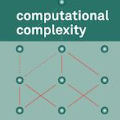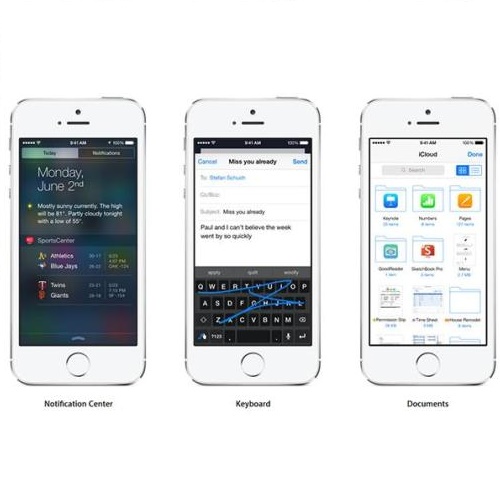Due to the strong correlation between visual attention and perceptual quality, many methods attempt to use human saliency information for image quality assessment. Although this mechanism can get good performance, the networks require human saliency labels, which is not easily accessible for omnidirectional images (ODI). To alleviate this issue, we propose a spatial attention-based perceptual quality prediction network for non-reference quality assessment on ODIs (SAP-net). To drive our SAP-net, we establish a large-scale IQA dataset of ODIs (IQA-ODI), which is composed of subjective scores of 200 subjects on 1,080 ODIs. In IQA-ODI, there are 120 high quality ODIs as reference, and 960 ODIs with impairments in both JPEG compression and map projection. Without any human saliency labels, our network can adaptively estimate human perceptual quality on impaired ODIs through a self-attention manner, which significantly promotes the prediction performance of quality scores. Moreover, our method greatly reduces the computational complexity in quality assessment task on ODIs. Extensive experiments validate that our network outperforms 9 state-of-the-art methods for quality assessment on ODIs. The dataset and code have been available on \url{ https://github.com/yanglixiaoshen/SAP-Net}.
翻译:由于视觉关注与感知质量之间的紧密关联,许多方法试图利用人类显要信息进行图像质量评估。虽然这一机制可以取得良好的业绩,但网络需要人类显要标签,而全方向图像(ODI)不容易获得。为了缓解这一问题,我们提议建立一个空间关注感知质量预测网络,用于对ODIs(SAP-net)进行不参考质量评估。为了驱动我们的SAP网,我们建立了一个大型的ODIs(IQA-ODI)的IQA数据集(IQA-ODI),该数据集由1 080 ODIs上的200个主观分数组成。在IQA-ODI中,有120个高质量的ODI作为参考,960个ODI在JPEG的压缩和地图投影中都有缺陷。我们网络可以通过自我注意方式对受损ODI的人类感知质量进行适应性评估,这极大地促进了质量分数的预测。此外,我们的方法大大降低了ODI/ODI的计算复杂性。在ODI-ODI的 OA-SAP-SA中,现有的网络质量测试已经超越了我们网络的代码。





